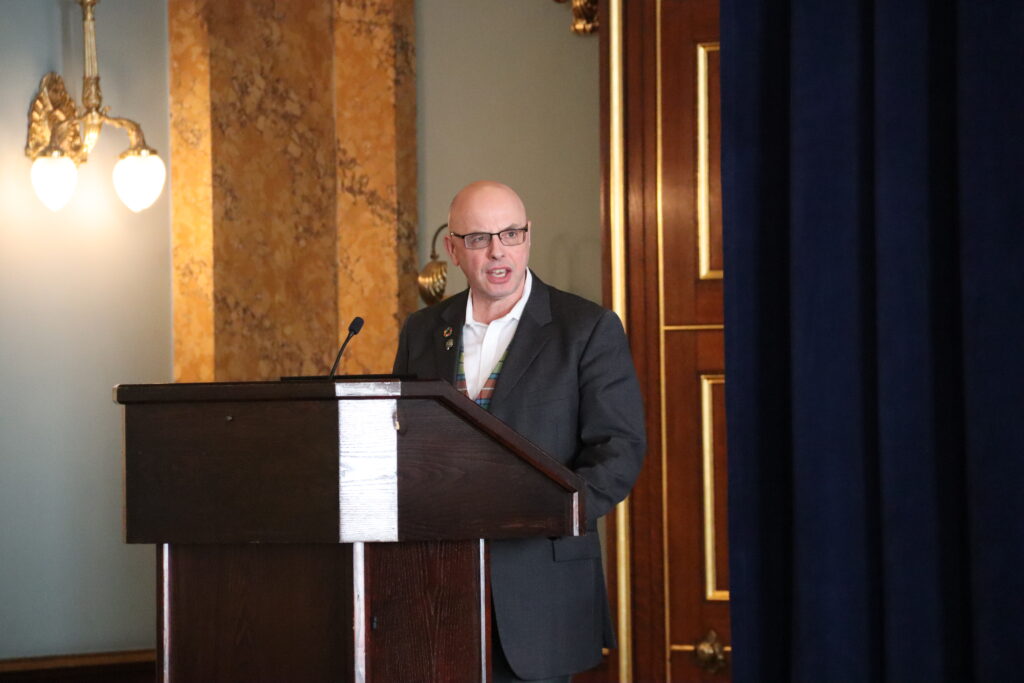A NEW online tool designed to support the seafood sector’s response to climate change and net-zero transition has been launched.
Seafish, the public body that supports the UK seafood industry, has developed the Seafood Carbon Emissions Profiling Tool to help businesses measure their carbon footprint and help meet net-zero targets.
Now available online, the tool allows businesses to sign-up and access an online platform where they can input their supply chain data, such as greenhouse gas emissions.
Carbon footprints can then be generated and hotspots identified to allow businesses to address carbon related issues in supply chains.

Stuart McLanaghan, Seafish’s head of responsible sourcing, said: “The [new] tool is an important part of our work to support the UK seafood sector transition to net-zero.
“It is aimed at the entire UK seafood supply chain, but we envisage that buyers within retail, food service and processing will be amongst the main users.
“The tool provides several benefits for industry but will first and foremost enable industry to identify carbon footprints for their seafood products and understand the hotspots.
“This is important as robust data and information are needed to help businesses plan and make informed decisions to drive transformation to accelerate the decarbonisation of shared seafood supply chains.”
The aim of the tool is to provide help to deliver the seafood sector to decarbonise in line with the UK’s 2050 net-zero target (2045 in Scotland).
The tool has been available for industry beta-testing and use within the seafood industry since the end of 2023 while refinements were made.
It also includes a public facing area, where visitors can access FAQs and view indicative carbon footprints for seafood products typically retailed in the UK.
UK based seafood importer, processor and distributor, New England Seafood, is one organisation involved in the development.
Cassie Leisk, the company’s people and planet group director, said: “The tool is easy to use, it’s really intuitive.
“You don’t need to have a lot of carbon knowledge or expertise to be able to access it.
“It’s something anyone in the business can use whether you’re working on sustainability or working specifically on carbon.
“For me it’s something that’s helpful to translate some quite detailed, technical information into something simple for anybody to access.”
The tool builds on Seafish’s two previous carbon profiling tools which enabled companies to evaluate the carbon impact of their wild capture seafood products.
An organisation already familiar with how it can help businesses work towards their own carbon related targets is one of the UK’s largest retailers, Tesco.
Ben Lambden, Tesco’s sustainable fisheries and aquaculture manager, said: “The tool is super important because it enables us to baseline carbon completely through the supply base.
“So at primary, at wild capture and aquaculture, [the tool is] enabling us to really understand where we’re at and how we can best reach our targets.
“The beauty of the tool is it’s continuously developing so, as you continue to use it, more data will be added and reviewed and it should get easier to use.”